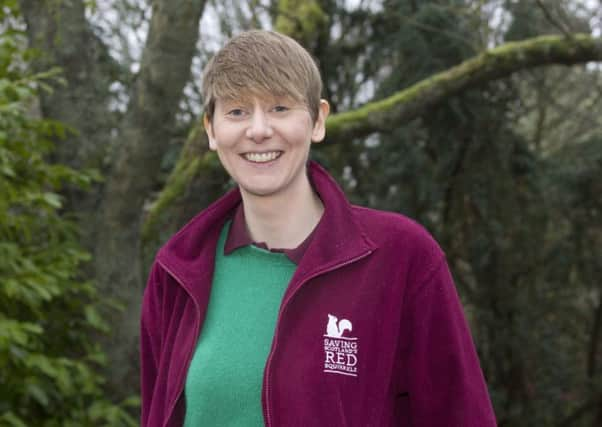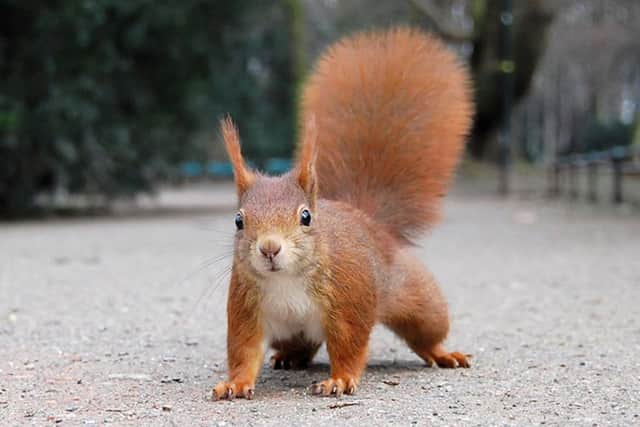Laura's mission to save Borders red squirrels


Laura Preston joins community engagement officer Alexa Seagrave in the Saving Scotland’s Red Squirrels project’s new regional office near Newtown St Boswells.
The partnership project – led by the Scottish Wildlife Trust and funded by Lottery money – works with landowners and volunteers to protect reds in priority areas by managing the spread of invasive greys.


Advertisement
Hide AdAdvertisement
Hide AdWhile the grey is prevalent in the Borders, there are some strongholds where reds have survived, but they need help.
Laura, who previously spent eight years as Ranger at the Scottish Wildlife Trust’s Falls of Clyde Wildlife Reserve, said: “It’s almost impossible to measure squirrel numbers and they can vary greatly from year to year. However, through survey work and public sightings we can measure their distribution, which gives us a good indication of how the species is faring year on year.
“Unfortunately, while recent results have indicated that most red squirrel populations in Scotland are now stable, our red squirrels in the Borders have struggled to hold on to their territory and they are now a rare sight in much of the east.
“However, there are still plenty of hotspots such as Glentress, Cardrona and Plora woods in the Tweed Valley and also Craik Forest and Old Northouse Wood, south west of Hawick.”
Advertisement
Hide AdAdvertisement
Hide AdBuilding up strong networks of volunteers will be essential to ensuring the red squirrel’s long-term survival in the region, and emerging community groups in areas such as Upper Teviotdale and Borthwick Water are already beginning to play a vital role.
The project’s grey squirrel officers are also working on the ground to control grey squirrel numbers in the areas where this action will have a positive impact on red squirrel populations. The greys are caught in live traps before being humanely dispatched.
One way that everyone can help is to report sightings of both red and grey squirrels on the project website, scottishsquirrels.org.uk
Dr Mel Tonkin, Saving Scotland’s Red Squirrels project manager, said: “Conservationists have been monitoring squirrel populations across Scotland since 2004. Sightings from the public are important because they help us measure the impact of our work and decide where to focus our efforts.”
Advertisement
Hide AdAdvertisement
Hide AdGrey squirrels are a non-native species that was first introduced to Britain in Victorian times and they are recognised as the main threat to the red squirrel’s future in Scotland. Larger and more robust, they out-compete native reds for resources.
In the south of Scotland some grey squirrels also carry squirrelpox, a virus that does not affect them but is deadly to reds.
Laura added: “We have a real opportunity to turn the tide and help conserve our red squirrels, but this is only possible with everyone’s involvement.
“There is a big task ahead of us and I am looking forward to working alongside the rest of the team in helping the red squirrel thrive in the Borders.”